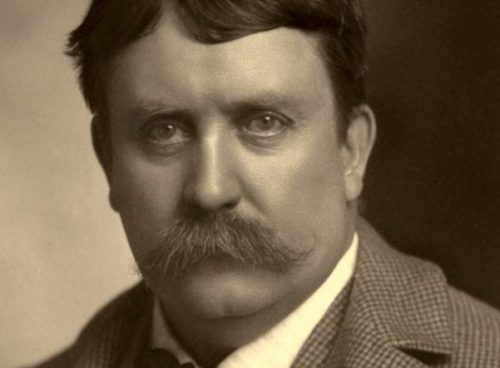The Formative Years

By Megan McKinney

Young Daniel Burnham
The story of Daniel Burnham should be required study for all ambitious—yet failure prone—young men and women. Actually, Burnham’s string of disasters began with the boy’s father, who was repeatedly unable to achieve success, but finally did. It was only after moving the family from the East to Chicago in 1855 that the elder Burnham prospered, becoming relatively affluent in the wholesale drug business. Daniel was about nine years old at the time of the move, but his parents then knew they would have the means to send him to Harvard, which was the next family dream.

Daniel was intelligent, yes, but not a student. Nevertheless, the senior Burnhams’ Harvard dream for their son was powerful. And the pressure was intense, including the year or so during which the boy, then in his late teens, was sent back East for a period of concentrated study with a private tutor. When the day of the Harvard examinations arrived, Burnham froze. Gripped by “a form of stage fright,” he “sat through two or three examinations without being able to write a word.”

This was not an isolated disaster; Daniel repeated the process at Yale on a day that forever removed his parents’ Ivy League dreams for their son.

William L. Jenney
In 1867, 21-year-old Daniel, who excelled at drawing, decided he wanted to be an architect and gained an apprenticeship as a draftsman under William Le Baron Jenney, whose firm was to mentor other greats of the Chicago School. But for Burnham it was a segment of his life that was not to last—at least not at that time, not with easy riches beckoning a train ride away.

Although the miracle of the California Gold Rush era had ended, the West was continuing to experience great silver strikes in which several Chicago tycoons had, or would later, come away with considerable sums. This prompted Daniel in 1869 to join a friend, Edward C. Waller, try their luck together. Ed was of the prominent Kentucky clan that had recently settled in Chicago’s Ashland Avenue area with other finely bred natives of their home state.

Edward C. Waller, many years after the adventure with Burnham.
Daniel and Ed headed out to the silver territory of White Pine County, Nevada, where they were unsuccessful in making a strike. But, while they were there, Burnham decided to run for state senate and was narrowly defeated. Therefore, when money ran out and there was no reason to stay, the two hopped a cattle train back to Chicago. It was a great bonding experience for the young men and they remained firm friends for life, to the career benefit of each.

Not long after their return, they and all Chicagoans were confronted with the immense natural disaster of the Great Fire of October 1871.

Suddenly, there was a major city to rebuild—making architecture once again an attractive option for Daniel.

He would follow his William Le Baron Jenney apprenticeship with a short period in the firm of John Van Osdel, above, and then for a brief term at Carter, Drake and Wight, a firm powered by Peter Bonnett Wight, who had been drawn out to Chicago from a New York firm by post-Fire architectural opportunities.

While still in New York, Peter Wight, above, had been totally mesmerized by the talent and charm of fledgling architect John Wellborn Root. At the first opportunity, he brought Root out to Chicago and Carter, Drake and Wight.

John Wellborn Root
It was there the duo, Daniel H. Burnham and John W. Root, would meet, almost immediately forge a friendship and, during the financial panic of 1873, found one of the most historic firms of America’s great 19th century architectural city. With memories of the Harvard and Yale entrance exam disasters still vivid, it would be with great joy that the adult Daniel accepted, some 30 years later, an honorary master-of-arts degree from each of the universities.

There would be much more ahead in the life and career of Daniel Burnham. Following the partnership with Root and the creation of their monumental Chicago buildings together, Burnham would lead America’s foremost architects in building the World’s Columbian Exhibition, a tour de force that continues to resonate today. Then there would be the rebuilding of the nation’s capital, Chicago’s Burnham Plan and his other great city plans—much greatness to follow in a life that had begun in failure.
Join Classic Chicago next in Publisher Megan McKinney’s Great Chicago Architects series for three more segments on the era of architecture surrounding Daniel Hudson Burnham.
Edited by Amanda K. O’Brien
Author Photo: Robert F. Carl







